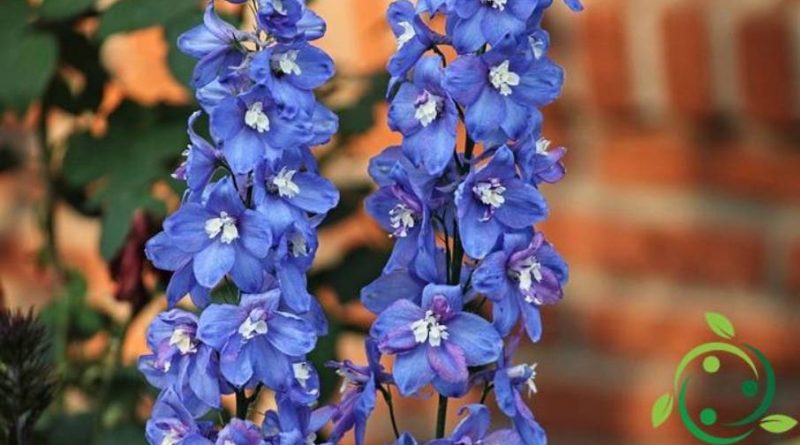How to cultivate the Delphinium
How to cultivate the Delphinium
The Delphinium, often known by the ordinary name of the spur-broth or the spron of the knight (Delphinium L., 1753) are a genus of plants of the Ranunculaceae family, originating in Europe, Asia and North America.
This genus includes about 200 herbaceous species, including annuals, biennials and perennials, with heights from 50 cm to over two meters depending on the species.
These are plants with long spike-shaped flowers, colored in various brilliant shades, which in hybrids can be double or semi-double.
In this card we will see how to cultivate the Delphinium following the most useful agronomic tricks.
In general, the annual Delphinium species are cultivated as ornamental plants in gardens or industrially for the production of cut flowers and are generally hybrids and varieties of two spontaneous species, D. ajacis and D. consolida, with simple or double flowers carried by inflorescences formed by a long compact ear; they have bright colors of various shades of white, pink, light blue, blue, lilac and purple
The area where the Delphinium is grown should preferably be sunny even if the plant development is not prevented even in the semi-shaded areas. A few hours of direct sunlight are enough but absolute shelter from winds and currents is essential, this is because the Delphiniums often develop very much in height, so excessively strong winds could break them.
The interesting thing in the cultivation of the Delphinium is that these have a very rapid development, especially at the beginning of the vegetative period.
For this reason in this phase the Delphinium must be watered in the best way and respecting, above all, the cultivation requirements of the same. The period in which water is supplied most often is from March onwards.
But remember that this plant does not tolerate water stagnation at all and, therefore, it is necessary to avoid over-watering the soil.
Subsequently, after flowering it is possible to reduce the irrigations that must be suspended starting from the autumn season.
To adjust between one water supply and another, wait for the soil to dry on the surface.
However the cultivation of Delphinium is quite simple. Pay attention to the pedological characteristics of the soil that must be dissolved, well-drained and rich in organic substance.
For the propagation of the Delphinium you can operate by sowing at the end of the winter season or at the beginning of the spring one. For varieties that are perennial, it is also possible to use multiplication by cutting or division.
These plants also need periodic pruning to eliminate dried or damaged flowers, both for aesthetic reasons, and to induce the plant to emit new flowers and to prevent these dry parts from being vectors of pests and diseases.
Let’s see the fertilization. Generally it is good to provide the soil with good amounts of organic substance (earthworm humus, mature manure or other well humified organic matter) before planting. The ideal period is the one just before planting or sowing. Later, between March and September, you can proceed with additions of fertilizers for flowering plants. The frequency of the fertilizations must be an average of once every 10 days.
If however the substrate is very organic this practice may be useless because the slow transformation of the organic substance into mineral elements will provide throughout the vegetative period. In any case, always avoid nitrate-based fertilizers so as not to induce excessive plant growth and less resistance to attack, especially of aphids and scale insects.
In fact among the possible phytosanitary problems of these plants we have aphids and cochineals and snails and root rot are not rare.

